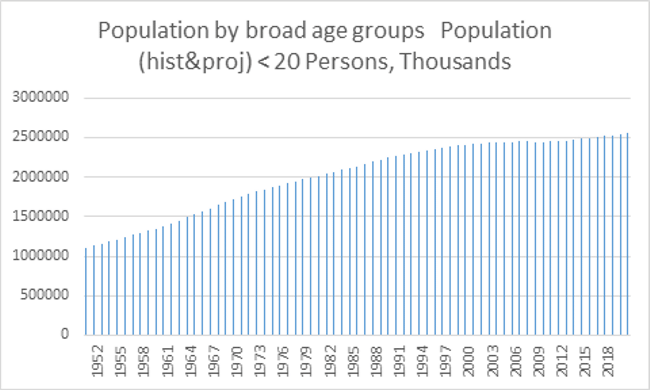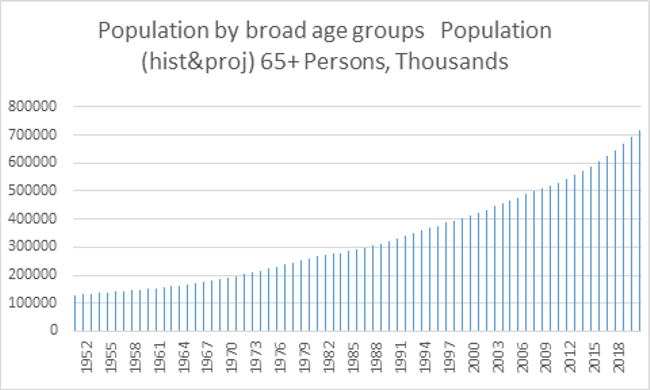Return to a World of Low/No Growth
Economic growth was low or non-existent for millennia, until the start of the industrial revolution in the late eighteenth century. Technological advances and abundant, cheap energy soon changed that. Growth soared, as did energy consumption and population. This growth slowed around the turn of the century, and took a further hit at the time of the 2008 financial crisis.
There is reason to think that a low growth environment is here to stay. But this is anathema to many, particularly economists. They seem to have a view that creating evermore debt will lift productivity, consumption and investment. It hasn’t and it won’t in a low growth environment.
The world will survive low growth, but the transition will be difficult. There are a number of reasons why people, not just economists, cannot face a low growth future. Some examples include:
- Growth is equated to progress, being stationary is dull.
- The world’s entire economy is predicated upon growth. For example, funding pension systems in most countries relies upon continued strong growth.
- More expenditure is always demanded, such as ever increasing spending on health care.
- Unemployment will increase in a low growth environment, especially with improving productivity. Think robots and automation.
- Government control would need to increase, democracy would die.
- Capitalism may not survive.
Technological advances over the past 15 years or so have not driven growth the way earlier technology did. While automation and robots are good for profits, they are not good for employment or growth. And while Facebook and co. have changed people’s behavior, they are probably negative for growth. Think lower productivity. None of this compares with the steam engine, electricity, plumbing, the automobile or aircraft.
Most everything we have today that is of economic significance is a refinement of earlier inventions. Perhaps there is some natural barrier that we cannot pass through at the moment, that is hindering growth. Understanding gravity, nuclear fusion and travelling at hyper speed in space are some of many enigmas.
But the most important issue impeding growth is demographics. I do not intend to dwell upon this but present three images that tell the story.
The following two charts use historic and projected data from the Organization for Economic Co-operation and Development (“OECD”) over the period 1950 to 2020. The first shows the growth of the world’s population of people 20 years old and younger. The future producers and consumers. There is negligible growth in this cohort now or in in the future, according to the OECD. The second chart shows the world’s rapidly increasing population of people older than 65. It shows strong growth, and the chart for those older that 85 is even steeper. These are the future economic dependents.
Source: OECD
The final chart below shows purchasing power parity (“PPP”) for various regions of the world. Wealthy countries (blue and pink), such as the US and EU have much more ‘spending power” than poor countries (red and orange), such as those in central Africa.
Most of the growth in the population of young people is occurring in the red/orange areas. The problem is that these countries are very poor and contribute virtually nothing to global GDP, and hence growth.
This will not change, there is no mechanism whereby poor countries can export their way to riches in this environment. The other part of the equation, of course, is that in the developed/developing countries the rate of increase in the population of young people is very low or negative, and old people continue to proliferate.
Conclusion
Low growth is here to stay. This is not an insurmountable problem, but a transition from the past to the future is problematic. In my opinion, the human race will survive just fine, as we have for millennia with low growth. But it may take war or famine to get us there.



